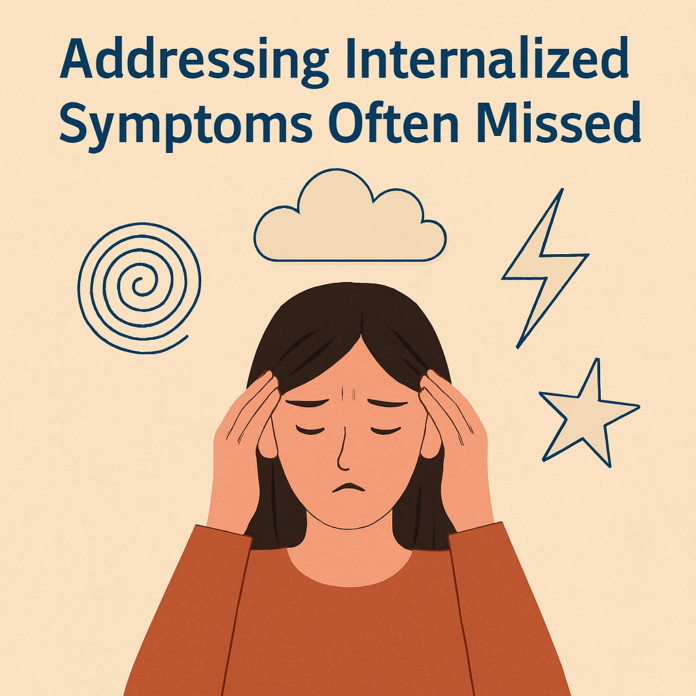Autism is often associated with outward behaviors, but many individuals—especially females—experience internalized symptoms that are frequently overlooked. Recognizing these hidden signs can lead to earlier support and improved emotional well-being.
Common Internalized Symptoms Instead of outward expressions, some autistic individuals internalize their struggles. These can include:
- Chronic anxiety and worry
- Perfectionism and fear of failure
- People-pleasing behaviors to avoid conflict
- Internal rumination and overthinking
These symptoms can be misinterpreted or mistaken for other conditions.
Sensory Sensitivities and Internal Stress Even without visible reactions, sensory overload can lead to:
- Headaches or nausea
- Fatigue and irritability
- Emotional shutdowns
Understanding the subtle signs of sensory distress is crucial in supporting individuals with autism.
Why These Signs Are Often Missed Internalized symptoms may be masked by high academic performance or polite social behavior. As a result:
- Diagnoses are often delayed or missed entirely
- Individuals may feel isolated or misunderstood
- Mental health challenges may go untreated
Supporting Internal Emotional Needs Addressing internalized struggles requires empathy and intentional support. Strategies include:
- Creating low-pressure, affirming environments
- Encouraging self-expression through journaling or art
- Teaching coping strategies for anxiety and perfectionism
Final Thoughts Internalized symptoms of autism deserve recognition and validation. By acknowledging the silent struggles and providing meaningful support, we can help individuals feel seen, heard, and empowered.
